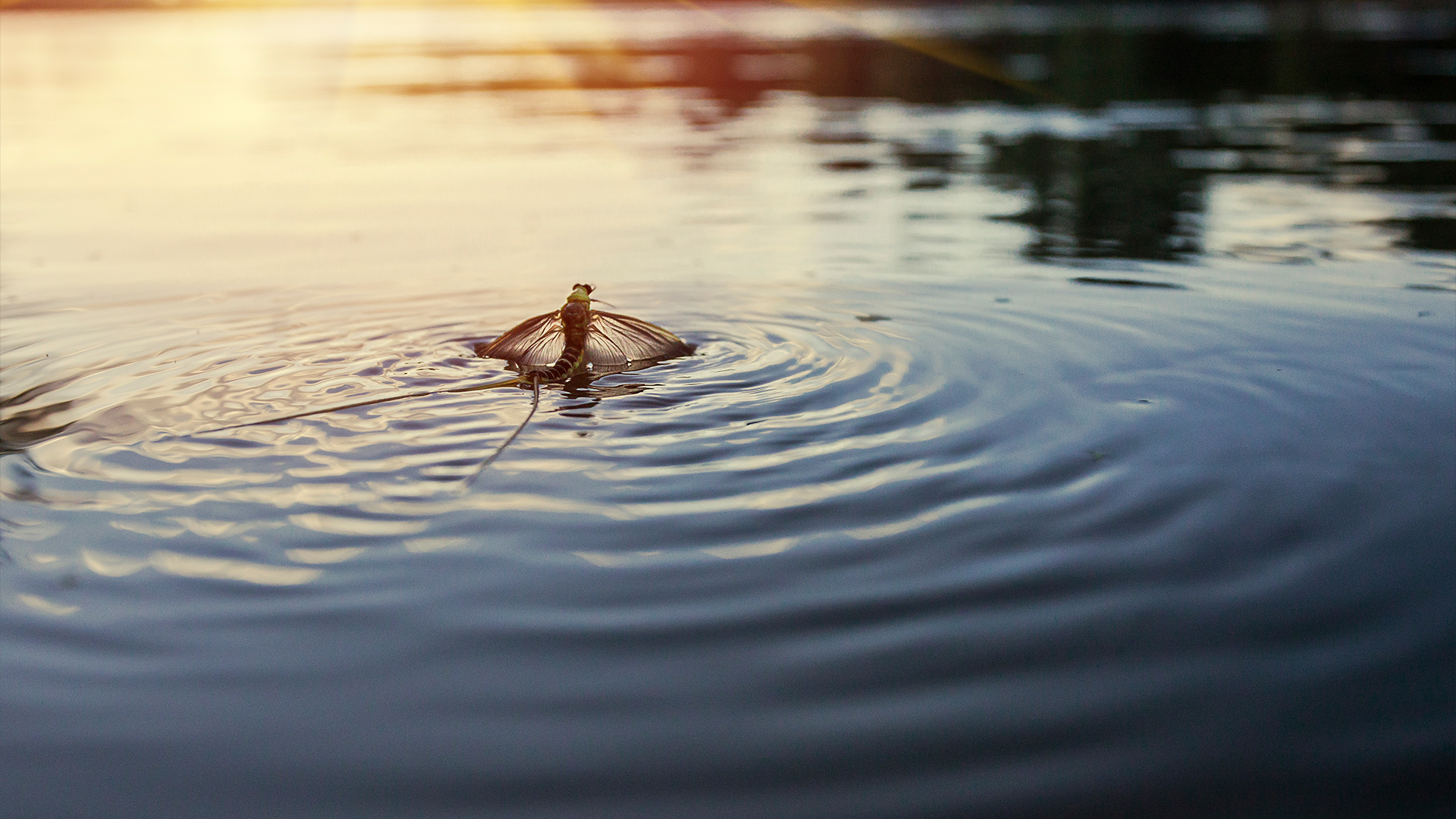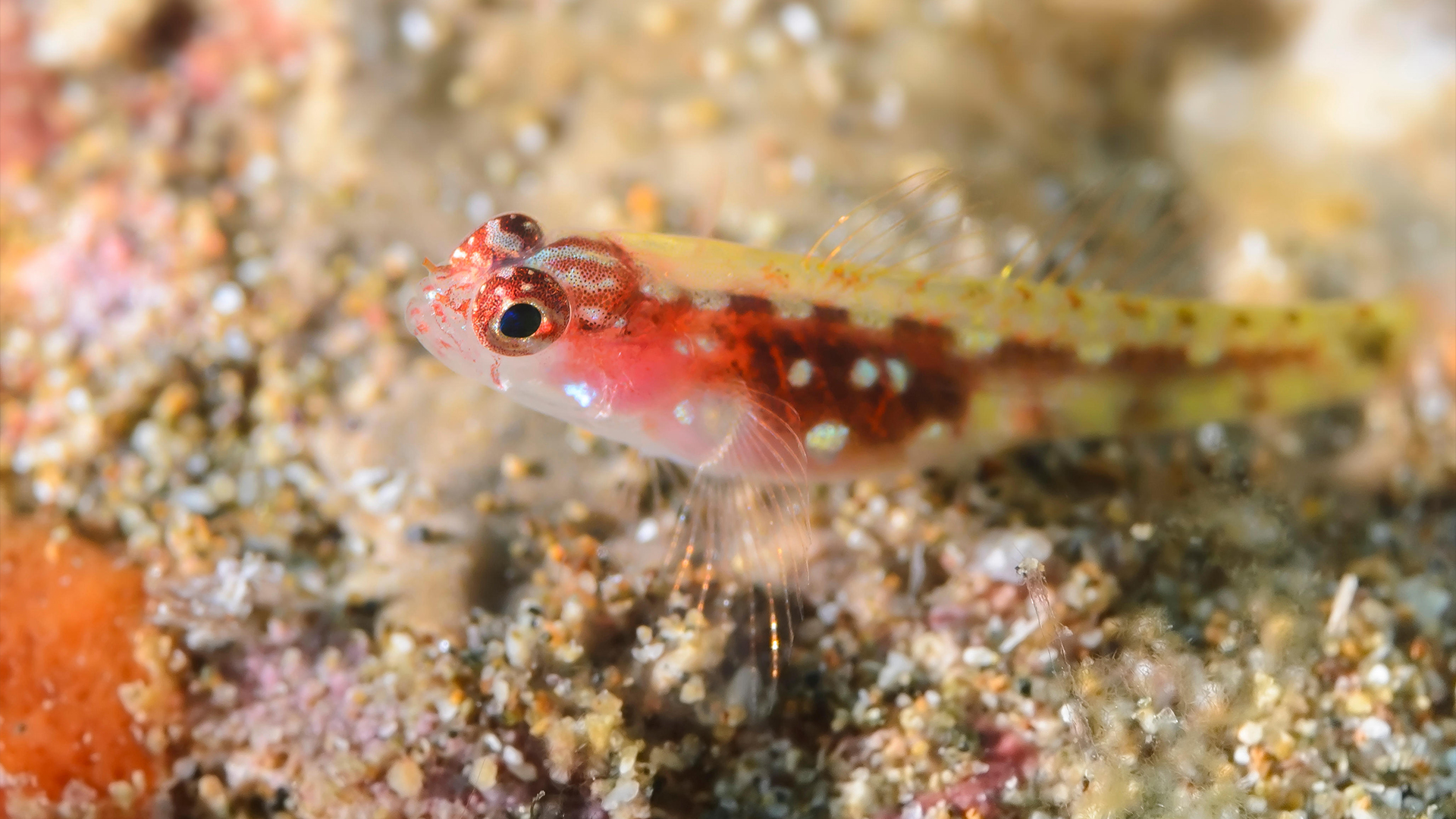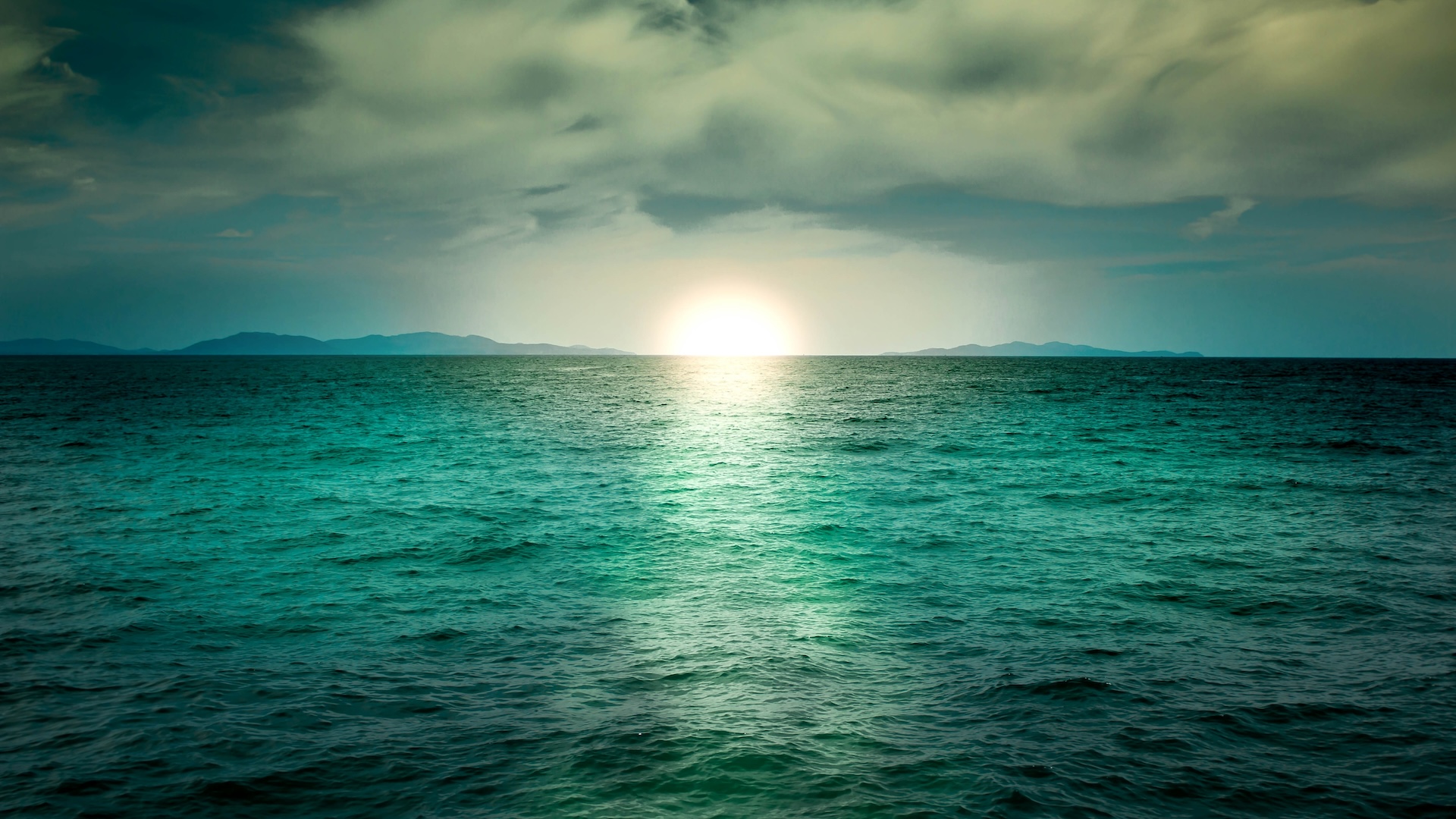
Which animal has the shortest life span?
Mayflies are famous for cramming an entire life into a single day, but that's not strictly true.

We're often told "life's too short" and we should "seize the day," but compared with the rest of Earth's inhabitants, humans have far more time here than most.
So, which animal has the shortest life span?
It's hard to say for sure. Fleeting lives are difficult for researchers to study in detail, and plenty of animals are still waiting to be discovered. That said, mayflies are a strong contender for the critter with the least longevity.
These aquatic insects hatch from eggs as nymphs and live underwater for up to two years. They then develop wings for the final stages — the subimago and imago stages — of their life cycle to mate. Many mayflies live for less than 24 hours in their winged forms, while some don't last even 5 minutes.
Most mayfly species transition from water to land and air in the subimago stage and then reproduce in the imago stage. They don't have functional mouths or digestive systems in either stage and instead live off the energy reserves built up as a nymph, Luke Jacobus, a mayfly researcher and professor of biology at Indiana University—Purdue University Columbus, told Live Science in an email.
"With no bulky digestive system, females have more room for eggs inside their bodies," Jacobus said. "I have seen an individual so full of eggs that eggs were even inside her head. With sometimes more than 10,000 eggs per female, they can make efficient use of their short adult lives."
Related: Do all animals go through adolescence?
Sign up for the Live Science daily newsletter now
Get the world’s most fascinating discoveries delivered straight to your inbox.

Like other live-fast, die-young species, mayflies are heavily preyed upon and need to produce a high number of young so that enough survive to adulthood and reproduce. But Jacobus noted that while it's tempting to ask "why" do mayflies have short lives, a better question is "why not?"
"Ancient fossil mayflies are not much different from those we see today," Jacobus said. "The system they have works very well for them."
Heath Ogden, a professor of evolutionary biology at Utah Valley University who studies the evolution of mayflies, told Live Science that these insects first appeared around 350 million years ago. Ogden also noted that "evolution tinkers," and in the tinkering of this insect lineage, evolution found that investing more time as a nymph was a really good strategy.
"It seems like evolution decided you're mostly just going to do everything you need to do in terms of nutrient gathering as a nymph, and as an adult, you're just a mechanism of flying, reproducing and laying eggs," he said.
American sand-burrowing mayflies (Dolania americana) have the shortest adult lives of any recorded species, according to the Georgia Department of Natural Resources Biodiversity Portal. Males live less than one hour once they reach adulthood, and females have just five minutes to breed before they die. However, American sand-burrowing mayflies still spend up to two years as nymphs before that surprisingly brief adult stage.
American sand-burrowing mayflies (Dolania americana) have the shortest adult lives of any recorded species, according to the Georgia Department of Natural Resources Biodiversity Portal. Males live less than one hour once they reach adulthood, and females have just five minutes to breed before they die. However, American sand-burrowing mayflies still spend up to two years as nymphs before that surprisingly brief adult stage.
Elsewhere in the animal kingdom, seven-figure pygmy gobies (Eviota sigillata) complete their entire life cycle within two months and have the shortest life span of any known vertebrate, according to the Australian Museum. The fish spend three weeks of their lives in a juvenile larval form in the open ocean; they then settle on a reef for one or two weeks to mature, before living no more than three and a half weeks as adults, according to a 2005 article in the journal Current Biology.

Patrick Pester is the trending news writer at Live Science. His work has appeared on other science websites, such as BBC Science Focus and Scientific American. Patrick retrained as a journalist after spending his early career working in zoos and wildlife conservation. He was awarded the Master's Excellence Scholarship to study at Cardiff University where he completed a master's degree in international journalism. He also has a second master's degree in biodiversity, evolution and conservation in action from Middlesex University London. When he isn't writing news, Patrick investigates the sale of human remains.










